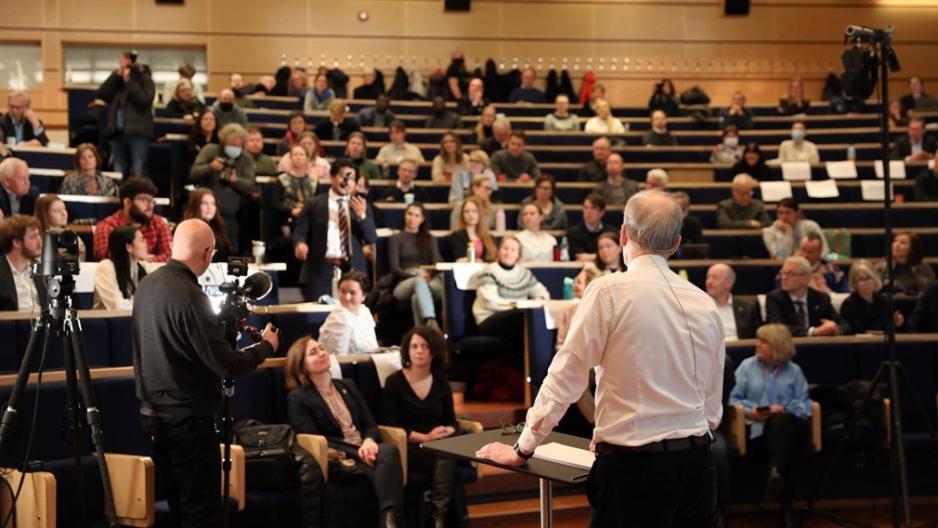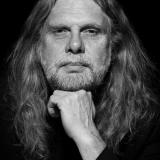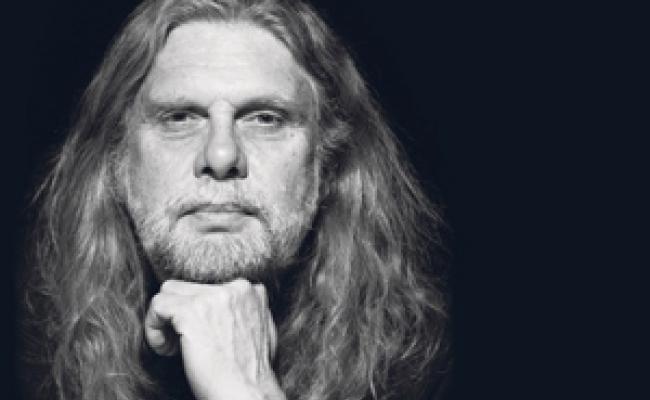Arne O. Holm says The High North Moved from Its Foreign Policy Cradle into A Municipal Care Home for the Elderly

From the podium at the University of Tromsø yesterday, Støre said – not unexpectedly – all the right things. That is barely news at all. It is as expected, an expectation he himself has created. (Photo: Kaja Schill Godager/ PM's Office)
Commentary: One of the former Norwegian Solberg government’s most visible High North initiatives was the subsidizing of rich Norwegians who wanted to move to Bø municipality in Vesterålen in order to save taxes, as the local wealth tax was drastically cut. The other day, however, skiing legend Bjørn Dæhlie left this North Norwegian base to move both himself and his money to Switzerland. In return, we got PM Jonas Gahr Støre – with quite different visions for the High North.
Jonas Gahr Støre has made a trademark of entering the podium at UiT, Norway’s Arctic university, in Tromsø. From there, has ever since 2005 infrequently analyzed and commented on the development in the North. He has done so with skill and knowledge through a period in which both geography and politics have changed rather fundamentally.
Støre knows Northern Norway
Yesterday’s speech was no exception. Few national politicians know Northern Norway better than Støre. Even fewer are able to create enthusiasm and pride over belonging in the North the way Jonas Gahr Støre does.
He is involving and including, and able to build bridges both nationally and internationally, to the North.
In quick succession, he Thursday spoke of his own expectations to the North Norwegian energy region, he spoke about infrastructure, about health, about food, and about the North as a peace project.
Bjørn Dæhlie also created national expectations
Not to mention that Støre was focused on pointing out how private capital is to build Northern Norway in the future. Not to save taxes, like those pretending to move to Bø in Vesterålen did, but because return profit on invested capital will be higher in the north than elsewhere in Norway as well as other countries.
Jonas Gahr Støre also understands that the premise for succeeding along the five main lines he drew up is that people actually want to live in the High North. That goes both for the industrial development, for the need for competence, and above all for security policy reasons.
Jonas Gahr Støre’s big challenge is the fact that his ambitions come panting after an accelerating drop in population figures, as well as an escalation of the security policy confrontation between Norway as a NATO member and our Russian neighbor.
These conditions are, as Støre repreatedly stressed, connected. Sinking population figures, above all in Finnmark, weakens Norwegian security policies far more than military investments are able to make up for.
The PM’s description of the problems is accurate. His solutions are hopeful and diffuse.
For decades, Northern Norway has been described as a region of opportunities.
Over time, many opportunities have remained that – and only that.
“We cannot decide where people should live”, Støre said.
He is right.
The rich want to live in Switzerland
When Bø municipality was aided by the previous government and cut wealth tax rates, they believed that would be decisive for where people want to live. They were kind of right. The rich prefer to live in Switzerland.
Perhaps Vedum has spent all his money already reversing reforms
Not unexpectedly, Støre says the right things. That is barely news at all. It is as expected. An expectation he himself has created.
Just like former skier Bjørn Dæhlie created national expectations before becoming a tax refugee.
The new thing is that the future High North policy is to be shaped about a whitepaper about rural policy. With the agrarian Center Party being well represented in the government coalition this is perhaps not an unexpected political somersault. The High North policy has left its foreign policy cradle and moved into a municipal care home for the elderly. One in which municipal and county borders matter more than international cooperation.
Jonas Gahr Støre referred to a series of his professional ministers; most of them, if not all, from his own party, when he described future initiatives in the north. Finance Minister Trygve Slagsvold Vedum and his significance were not mentioned.
Perhaps Vedum already has spent all his money on electricity measures and reversing political reforms. On a deeper level, however, this is about how Jonas Gahr Støre and Trygve Slagsvold Vedum have completely different approaches to their understanding of the High North. To Vedum’s Center Party, is is – according to the party program – about traditional district politics, whereas Støre and his Labor Party place the High North in an international context.
And that is where the north belongs.
Empty void on the border
Therefore, Støre’s High North speech was about security politics, about international agreements, and about international investments in North Norwegian business. He stressed the significance of the EEA. Not as a problem, as his government coalition partner sees it, but as a solution.
Jonas Gahr Støre’s speech was one long argument for why a High North policy is something quite different from district politics, yet he nevertheless concludes that the solutions are to be found in a whitepaper about just that – district politics.
In a High North News interview, Støre himself summarizes the challenge like this:
“We cannot leave an empty void on the border to Russia and the Arctic.”
No, we cannot. Not just out of regard to Finnmark, but out of regard for the entire nation.
Also read
This commentary was originally published in Norwegian and has been translated by HNN's Elisabeth Bergquist.


